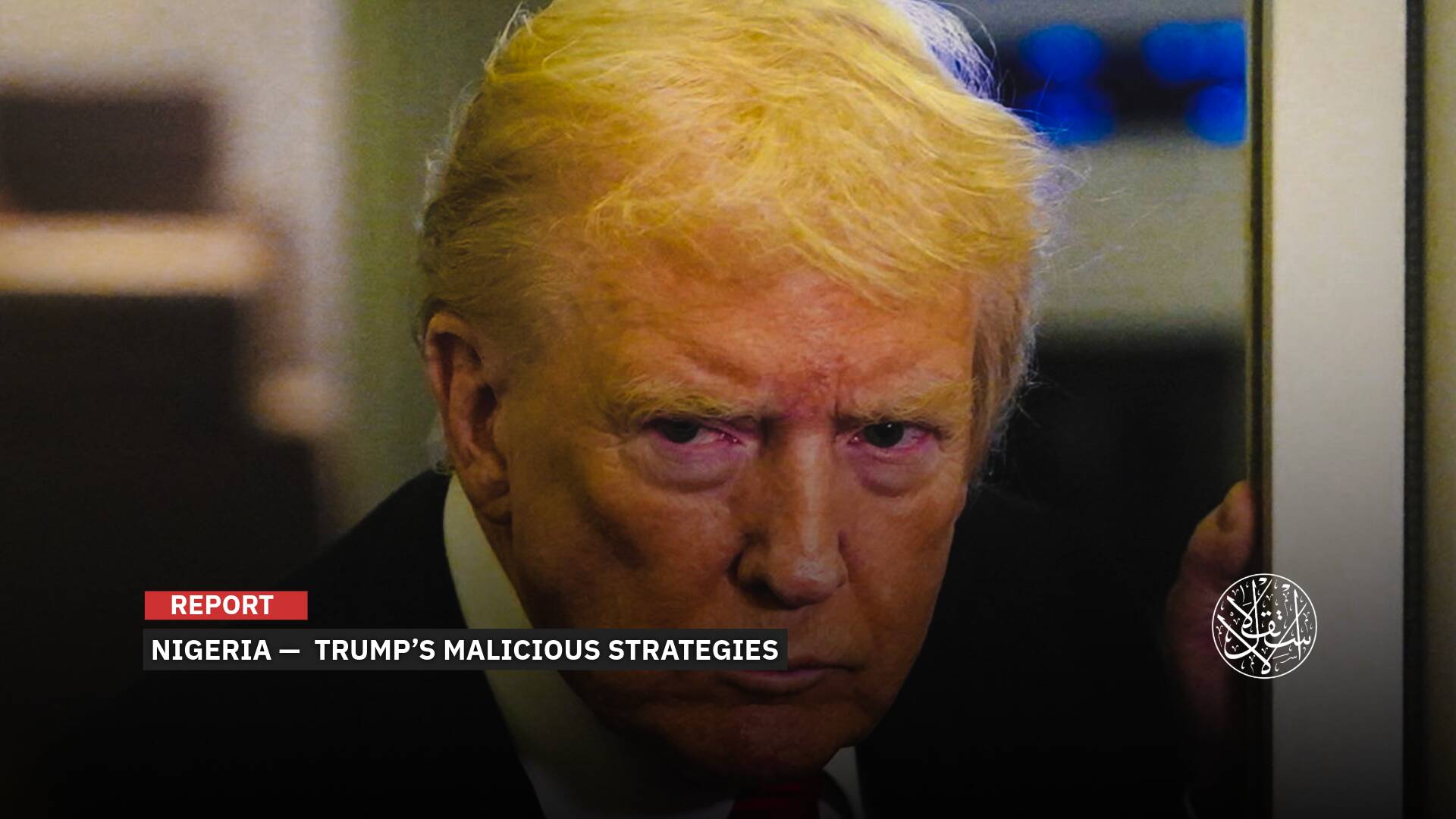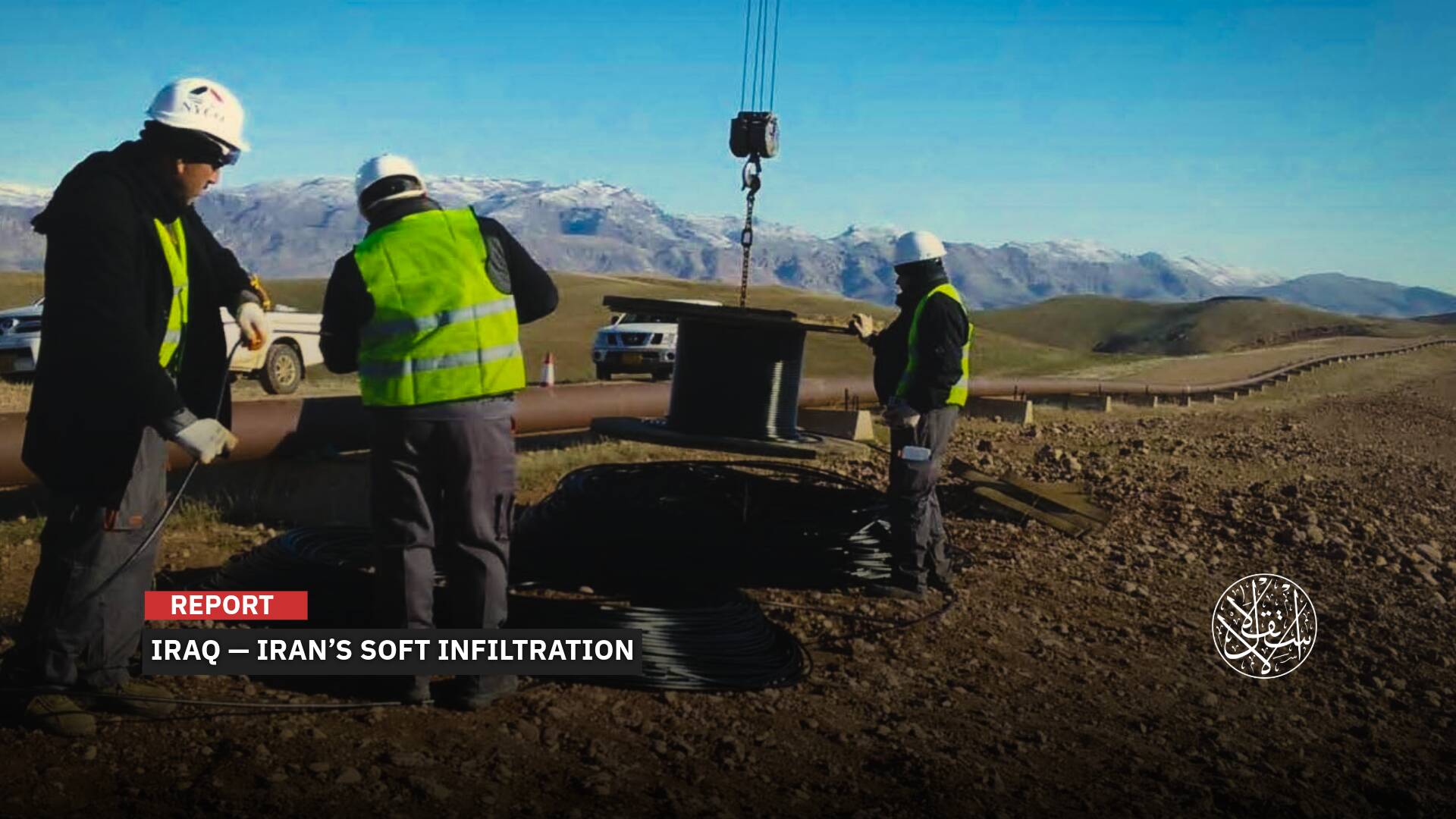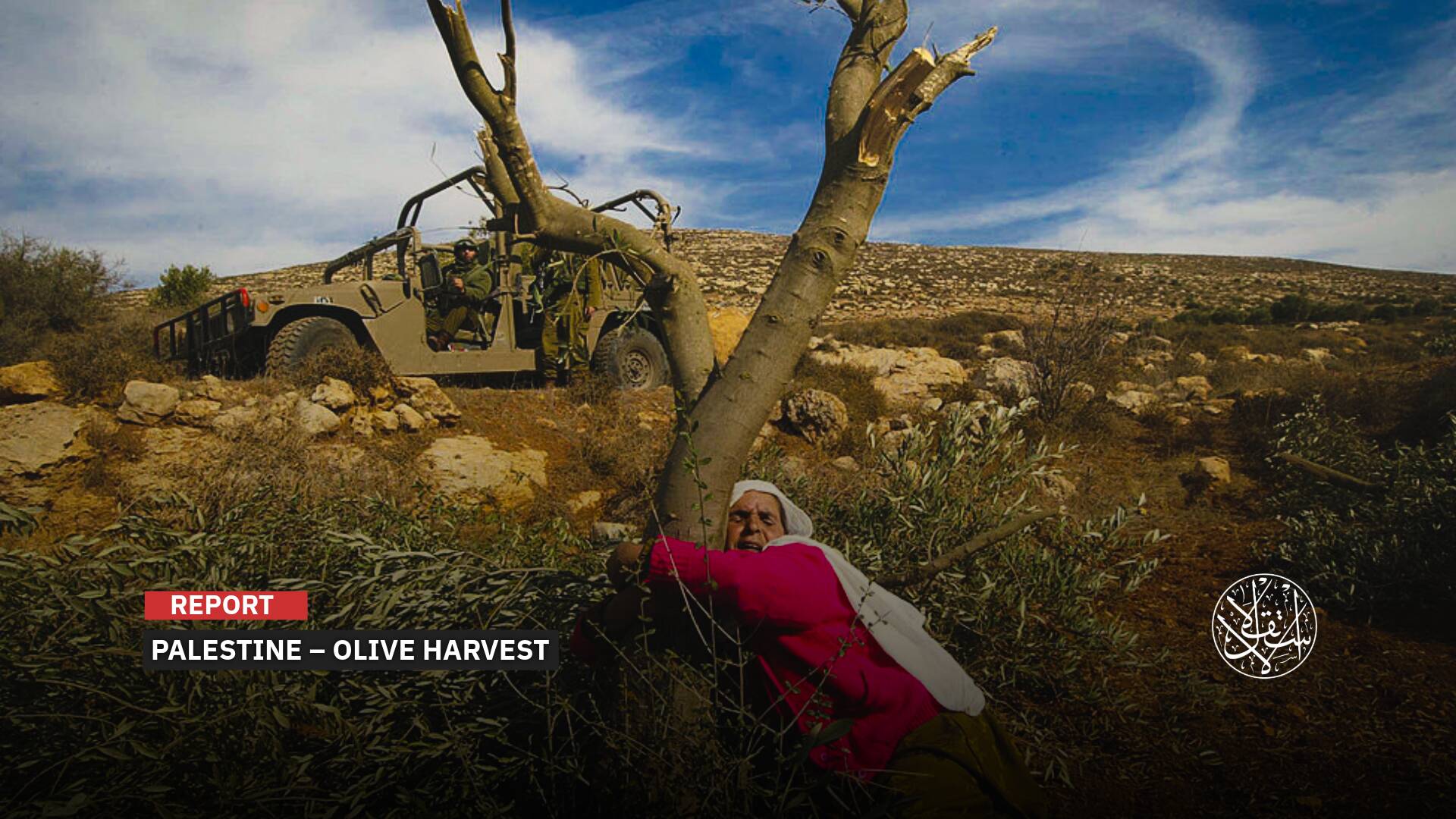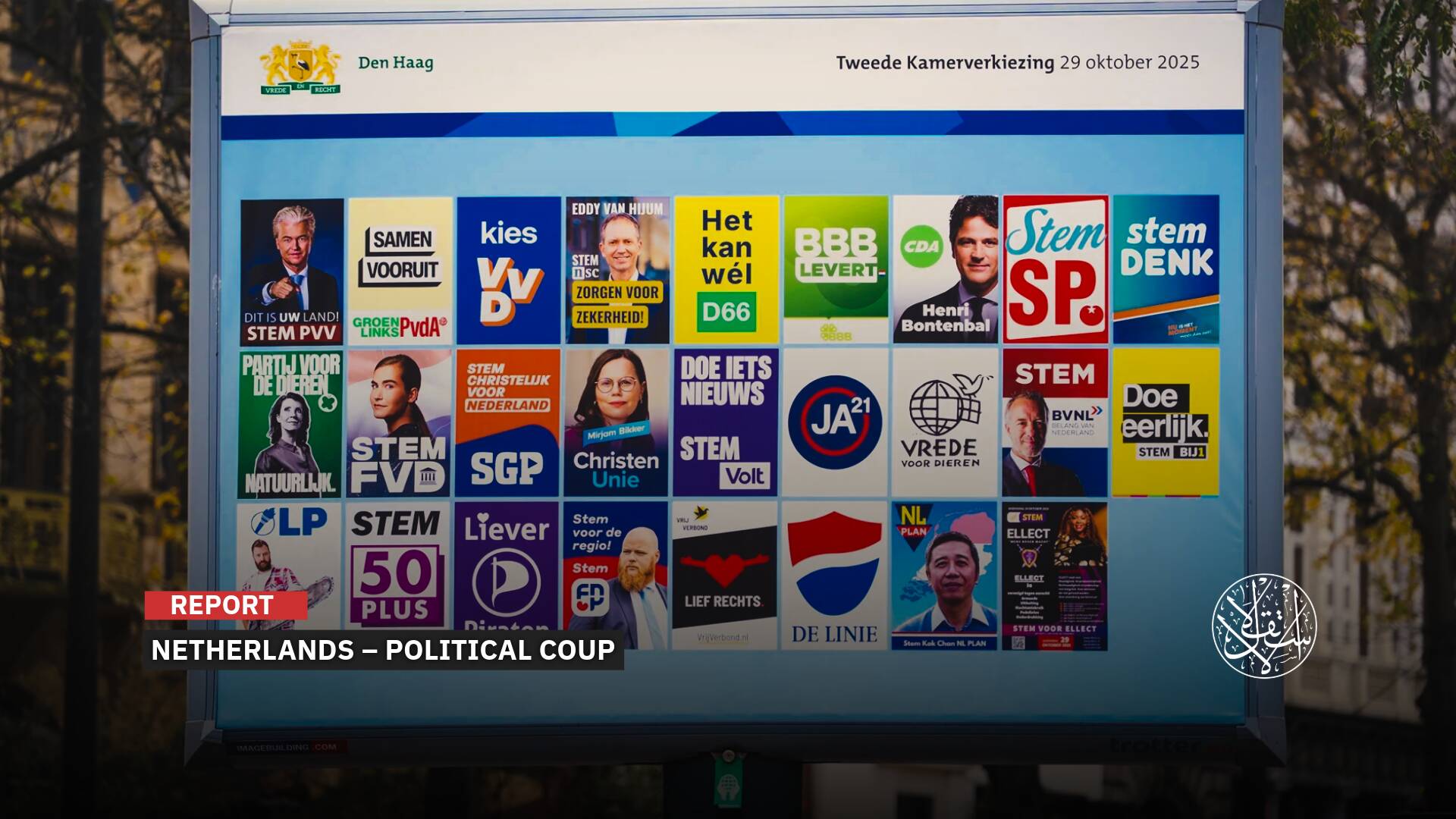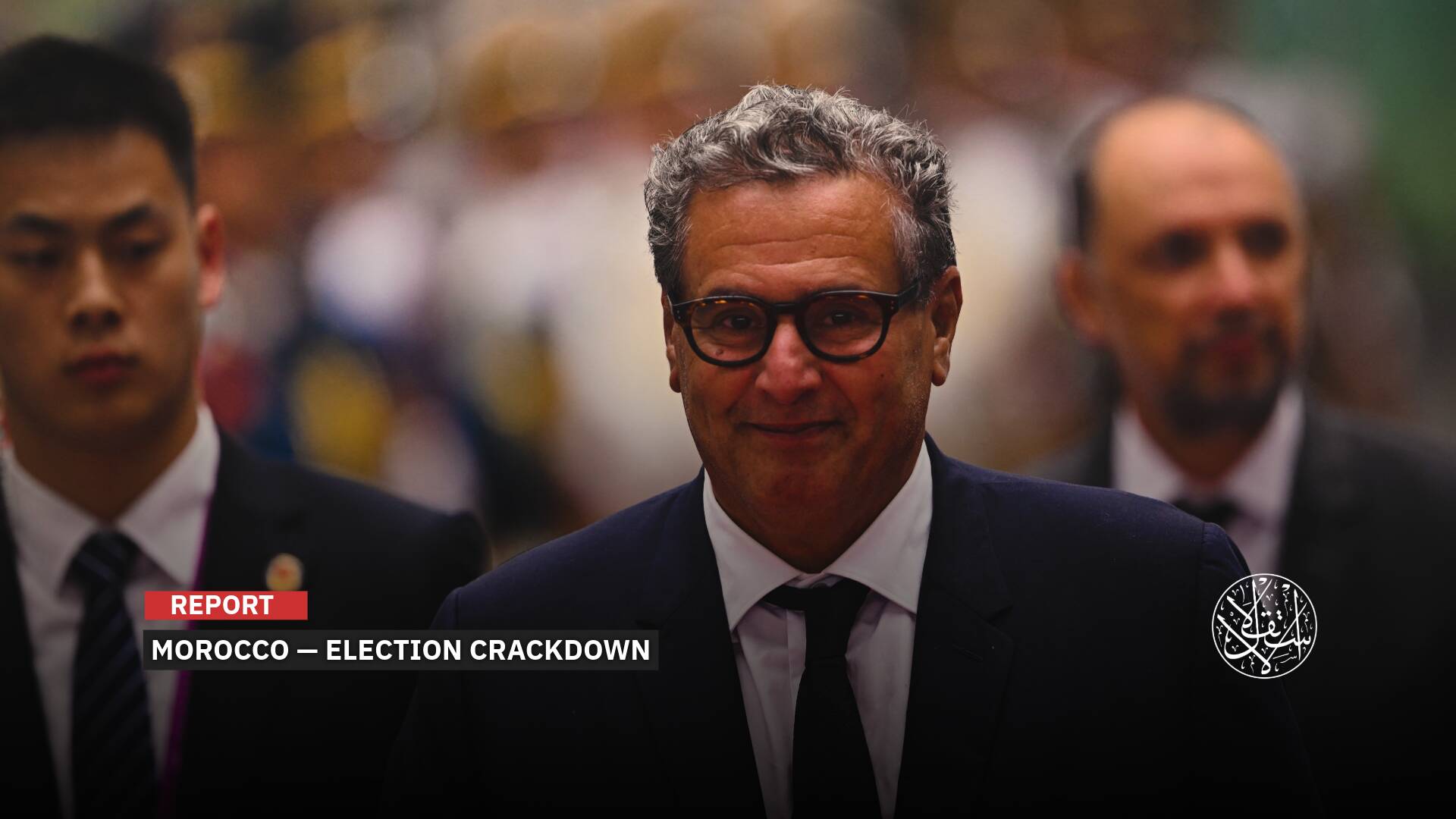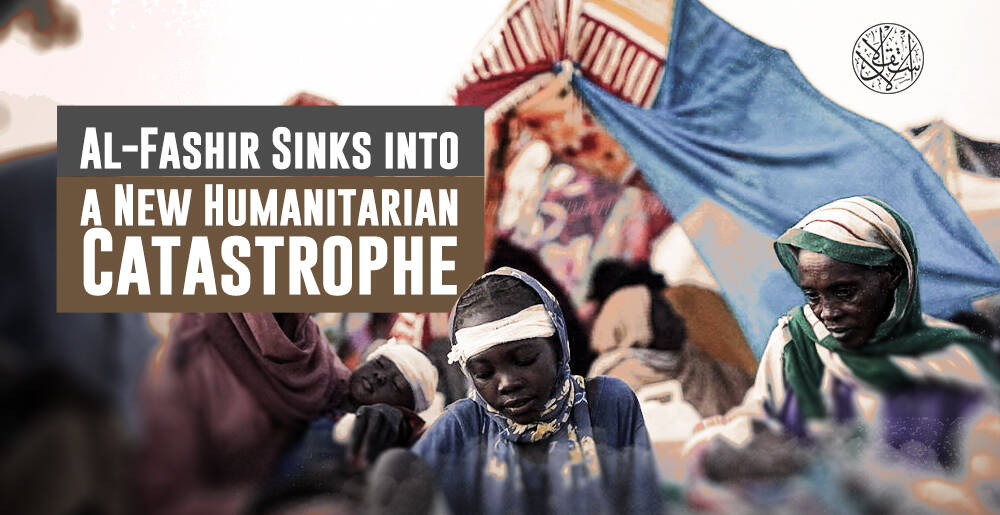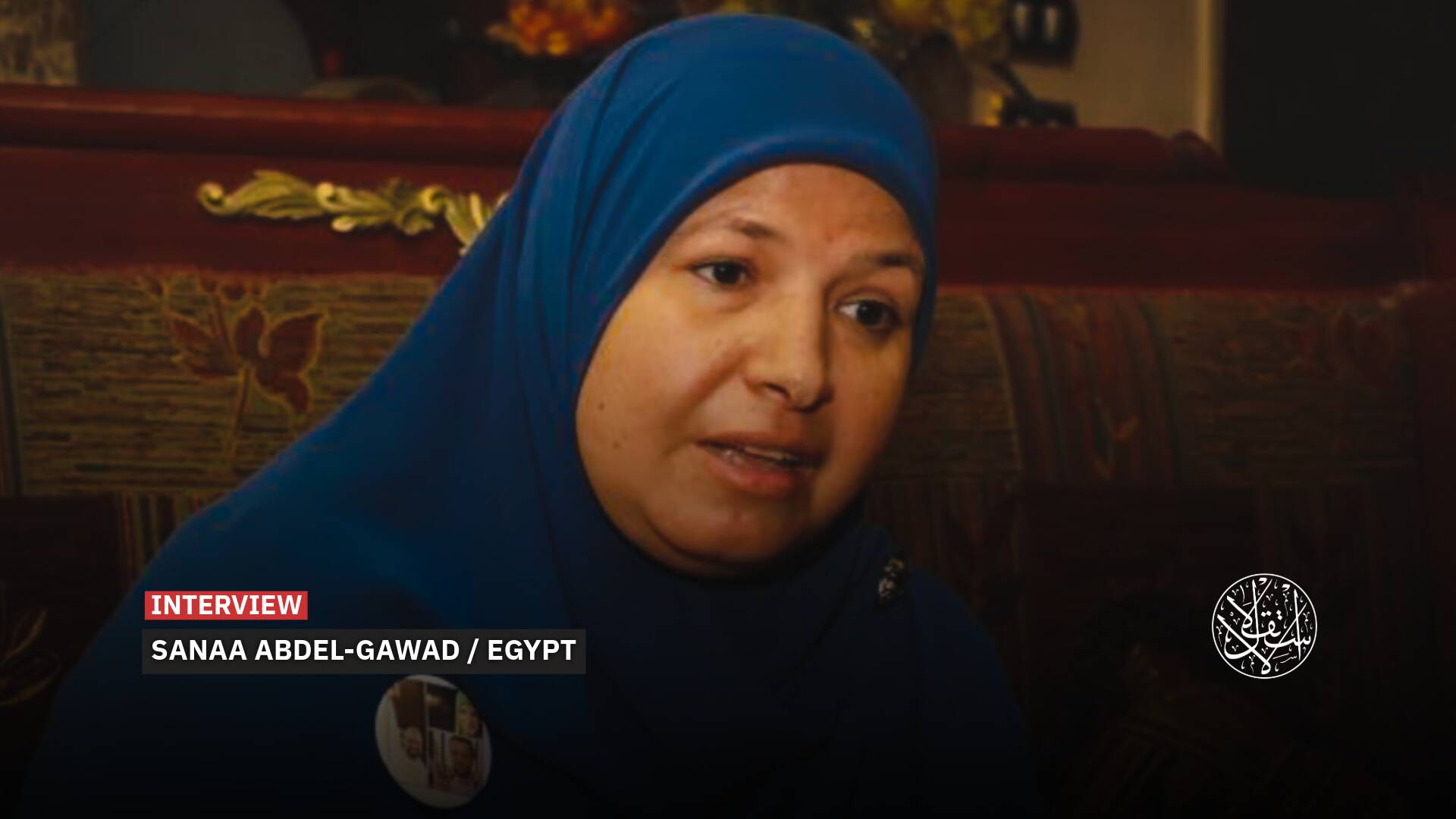A New Loss for the U.S.: Will China Control the Global Lithium Production?

As the world shifts to electric vehicles and renewable energy, a fierce battle is underway for a key ingredient in the batteries that power them: lithium.
Lithium, the lightest solid element on the periodic table, has become a coveted commodity in the global race to reduce greenhouse gas emissions and achieve energy independence.
But its supply is limited and unevenly distributed, with most of the world’s reserves concentrated in a few countries in South America, Australia, and China.
The United States, which has lagged behind China and other rivals in securing access to lithium sources, is scrambling to catch up.
The Biden administration has made it a priority to expand domestic production and forge partnerships with friendly nations in the so-called “lithium triangle” of Argentina, Bolivia, and Chile, where more than half of the world’s lithium is found.
But the American efforts have faced stiff competition and geopolitical hurdles. China, which dominates the global lithium market and controls most of the processing facilities, has invested heavily in mining projects and infrastructure in Latin America and Africa.
Russia, another adversary of the United States, has also sought to expand its influence in the region by offering nuclear energy and military cooperation to Bolivia and Argentina.
The stakes are high for the future of the electric vehicle industry, which relies on lithium-ion batteries for its core technology.
Analysts predict that the demand for lithium will surge by nearly 500 percent by 2030, as automakers ramp up their production of electric cars to meet growing consumer demand and stricter environmental regulations.
The challenge for the United States and other countries is to ensure a steady and sustainable supply of lithium that can meet their energy needs without causing environmental or social harm.
Lithium extraction can have negative impacts on local communities, water resources, and ecosystems, especially in arid regions where water is scarce.
Some experts have warned of a potential “resource curse” that could afflict countries that depend too much on lithium revenues and neglect other sectors of their economies.

‘Lithium Triangle’
In the high-altitude Andes, a vast region spanning three South American nations holds a treasure trove of lithium, the lightweight metal that powers electric vehicles and other technologies of the future. But extracting it is not easy, and sharing it is even harder.
This region, known as the lithium triangle, contains more than three-quarters of the world’s lithium reserves beneath its salt flats, or salars.
Bolivia has the most, followed by Chile and Argentina. Yet each country faces its own set of hurdles and opportunities in developing and exploiting this vital resource.
Argentina has attracted foreign investment and built up its lithium industry but at a cost of social and environmental conflicts with local communities and indigenous groups over water rights and land use.
Bolivia has struggled to create a viable lithium sector amid political instability and lack of infrastructure, as well as nationalist policies that limit foreign involvement.
Chile has been the world’s top lithium producer for decades, but it is also mired in legal disputes with its main lithium mining company, SQM, over royalties, taxes, and environmental regulations.
The stakes are high, as global demand for lithium is soaring, driven largely by an increase in electric vehicle production.
The lithium triangle has become a battleground of international competition, as companies and even countries are vying for a slice of a race currently led by China in the battery supply chain, from mining to processing to battery manufacturing and the cars with which they will be powered.
The U.S. has been trying to gain a foothold in the lithium triangle for several years by investing in local lithium mining companies and promoting technological innovation to improve lithium extraction and processing.
But that has not stopped China from dominating global lithium markets, producing nearly three-quarters of global lithium-ion battery capacity, with more than four-fifths expected by 2025, according to a report by energy research firm Rystad Energy.

U.S. Failure
The United States is racing to secure its access to lithium and other minerals critical to the clean energy transition and national security interests.
But it faces stiff competition from China, which dominates the global lithium supply chain and is expanding its presence and influence in South America, home to the world’s largest reserves of the metal.
The United States currently produces less than 2% of the world’s lithium supply, while China accounts for more than 80% of the refining capacity.
Another factor that has hindered America’s efforts to gain a foothold in the lithium triangle is political instability and domestic opposition to mining projects in the region.
Many communities in the region oppose mining activities due to concerns about the environmental impact and potential displacement of indigenous communities.
Several mining projects have been delayed or canceled due to protests, lawsuits, or regulatory hurdles.
In addition to China, other countries such as South Korea, Japan, and Germany have also made significant investments in the lithium triangle, increasing competition for lithium resources in the region.
The United States has been trying to catch up by supporting domestic mining projects, forging alliances with friendly countries, and funding research and development on alternative sources and technologies for lithium.
However, experts warn that the United States needs to act fast and decisively to secure its lithium supply and avoid falling behind in the global race for clean energy.

African Rivalry
As the world shifts to cleaner energy sources, a vital ingredient for batteries and electric vehicles has sparked a fierce scramble among global powers in Africa: lithium.
China, the world’s largest producer and consumer of lithium, has been quietly securing deals with African countries that sit on vast reserves of the metal, especially Zimbabwe, where Beijing has invested billions in mining projects and infrastructure.
But China’s dominance in the lithium market has alarmed its rivals, especially the United States, which sees the metal as a strategic asset for its own green ambitions. Washington has been trying to counter China’s influence by offering loans, aid, and development programs to African nations that are rich in lithium and other minerals.
Meanwhile, Russia has also entered the fray, seeking to exploit its growing presence of private military contractors in some African countries to gain access to strategic mines.
The result is a new kind of cold war in Africa’s mining sector, one that could shape the future of the global energy transition and have profound implications for the continent’s development.
That is the main thrust of a report by the Financial Times titled How China is winning the race for Africa’s Lithium, which details the extent and implications of China’s lead in the continent’s lithium resources. According to the report, Africa holds more than 30 percent of the world’s mineral reserves, including lithium deposits in Zimbabwe, Namibia, Congo, and Mali.


